JAMES BLAKE Seeks A Higher Vibration
|Shane Anderson
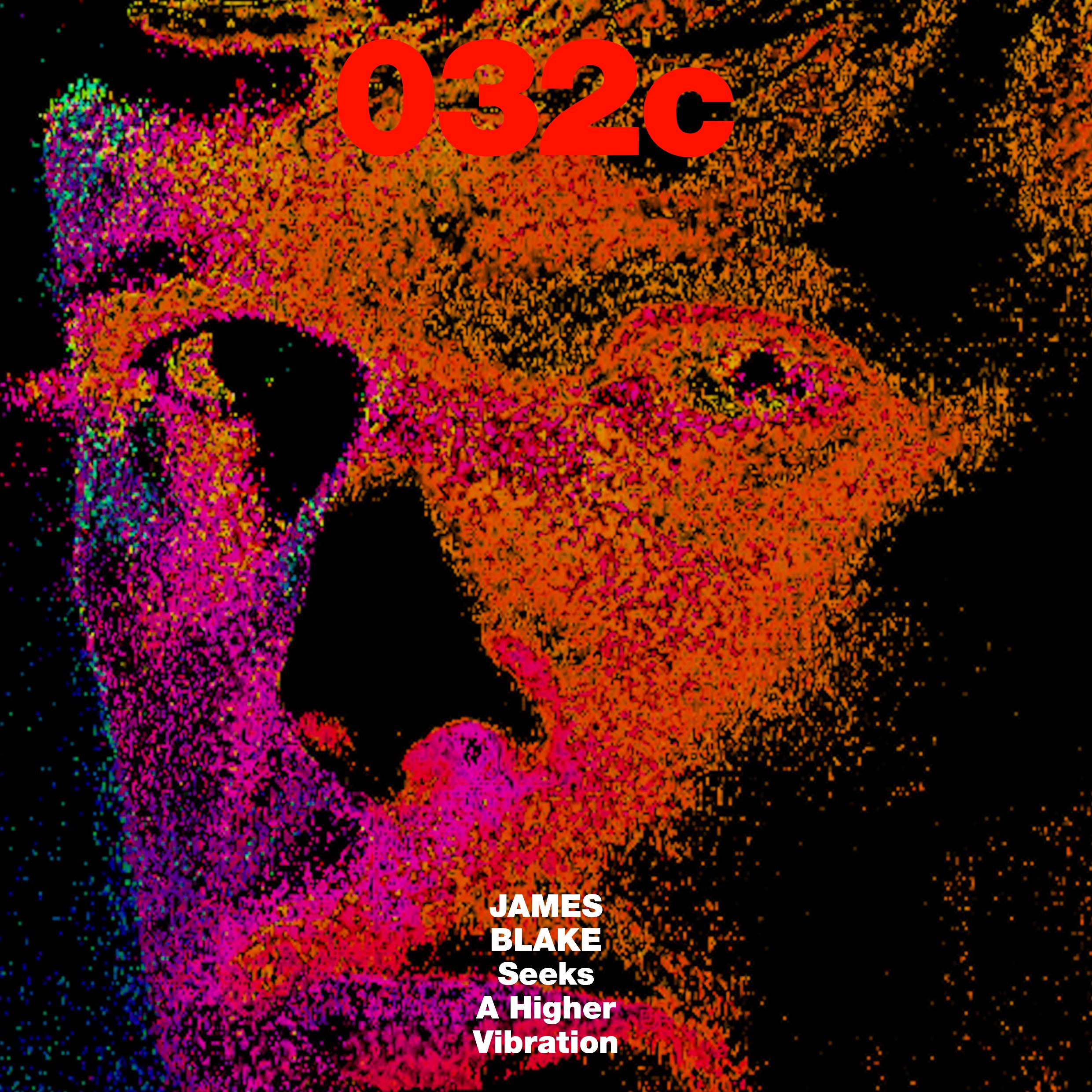
At the end of my call with the musician James Blake, he apologizes for talking too much. “Somebody once said there’s power in not saying a lot,” he continues, “but I haven’t listened to that at all.” Much to my surprise, it’s important for the Grammy winner who was once at the pinnacle of the avant-garde to be heard. One would think that someone who has created multiple acclaimed albums and collaborated with a plethora of our time’s greatest musical minds (Beyoncé, Kendrick Lamar, Travis Scott, Rosalía, and Frank Ocean, to name but a few) would feel like he has nothing left to prove. That the body of work would speak for itself and he could just rest on his laurels. But, as I discovered, James Blake not only “doesn’t want to be misunderstood,” he is curious and generous. Speaking before the release of his newest album, Playing Robots Into Heaven, our conversation touched upon the anxiety of searching for something new, breaking out of the boxes we put ourselves into, and why music today isn’t as pure as it was in the 1960s.
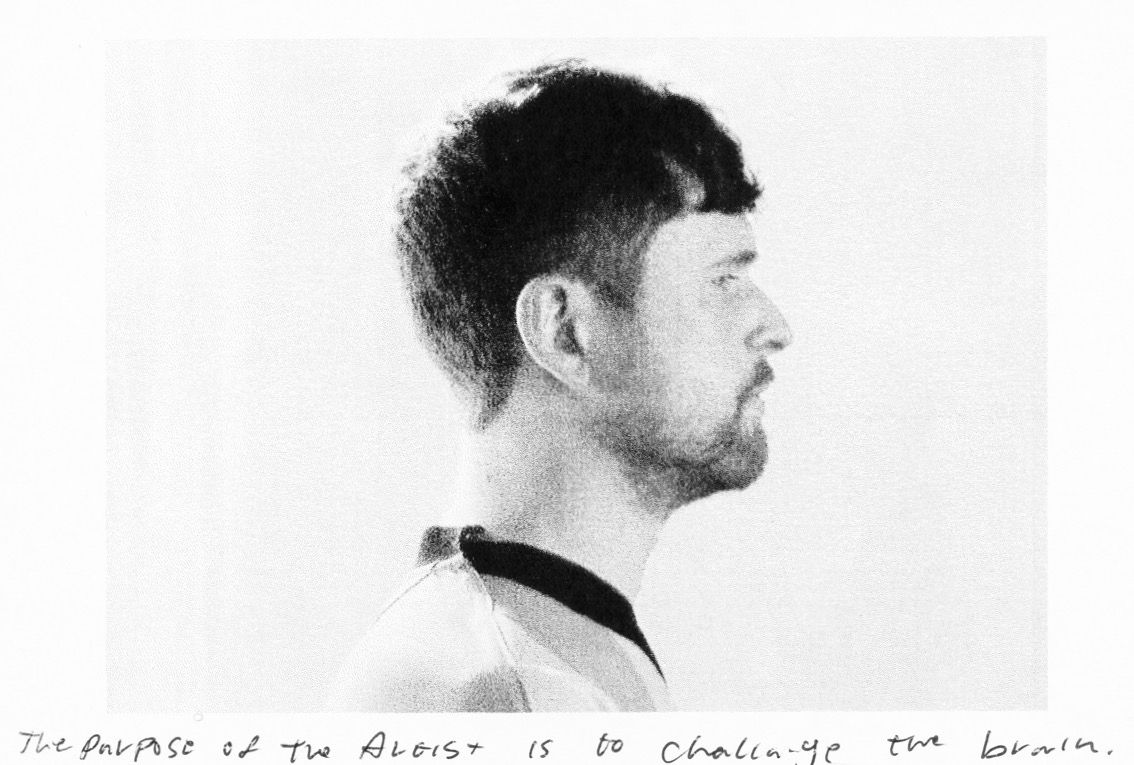
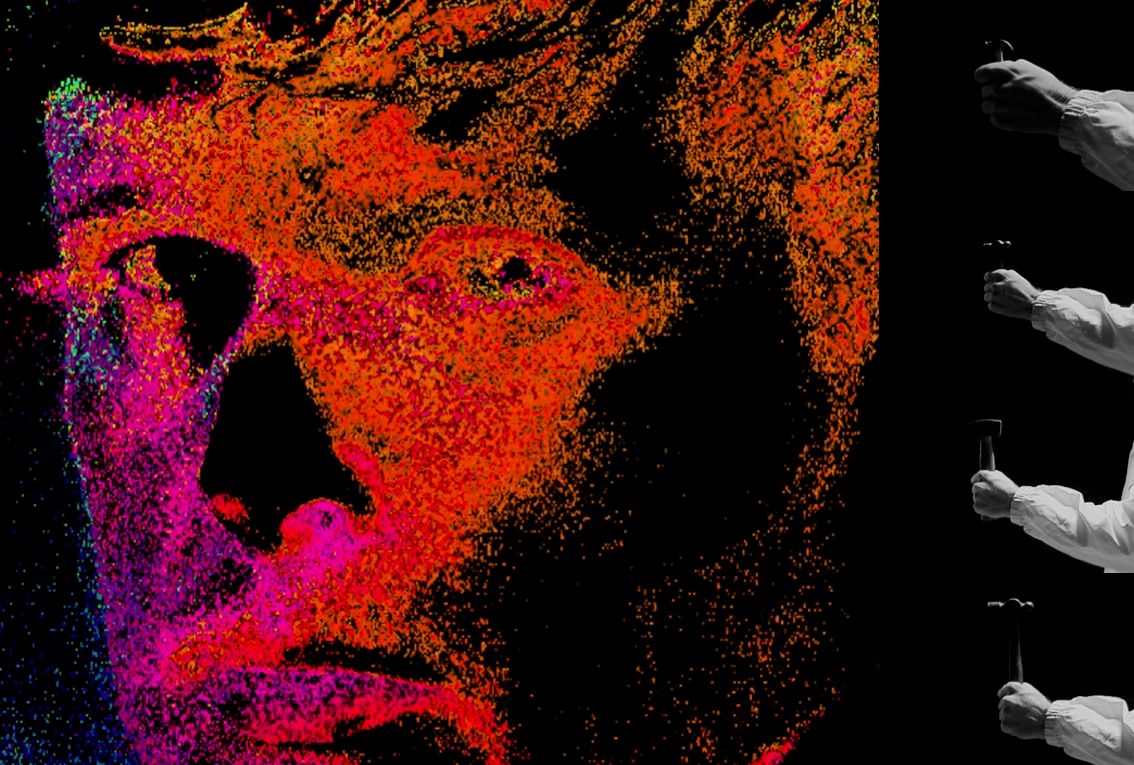
SHANE ANDERSON: First of all, I just want to say I’ve been listening to Playing Robots into Heaven a lot, and it’s pretty incredible. It’s also very different than what I know of your work, which led me to wonder: what happened to you?
JAMES BLAKE: I got sick of trying to write conventional songs. I really enjoyed trying to fit my square into a circle. And it worked at times. But at some point, it felt like a game. I wanted to try something else. As a cathartic outlet, I was playing around with modular synths, trying to make new sounds. I then went through all the folders of the jams I made and compiled a body of work that I didn’t realize I was making until after Friends That Break Your Heart was released.
SA: It sounds like you don’t want to let yourself get too comfortable. And that you always want to explore some new playing field.
JB: For sure. But whenever I put something out, it’s always a year and a half to two years behind what I’m doing right now. Even when I put out Friends That Break Your Heart I was kind of bored of what I was doing there. When you’re on a major label, it’s such a slow turning ship. In that time, I’m either making something new or trying to live my life. I don’t know if it’s a facet of my personality or a facet of being a producer, but I don’t tend to sit still. Even between song to song. How does it work with writing?
SA: I think there are core themes that people try to express and explore. From my perspective, there are two separate tendencies: either you lock yourself into a formalistic structure and explore everything that it has to offer or there are people who explore these themes in divergent structures. Maybe it’s a question of personality.
JB: You’re probably right. What I gather from what you’re saying is that personality dictates whether you’re someone who has to look further afield, to the next idea. I think it has something to do with an identity who doesn’t settle. There’s something exciting about not settling but there’s an anxiety that comes with that possibility. And it’s something we crave. I don’t know if it’s the uncomfortability we crave or if it’s something new. Perhaps they’re two sides of the same coin. But it’s like with dogs and excitement and fear. They’re the same thing. It’s the same physiological reaction. If a dog is excited, then it’s partly because they’re afraid.
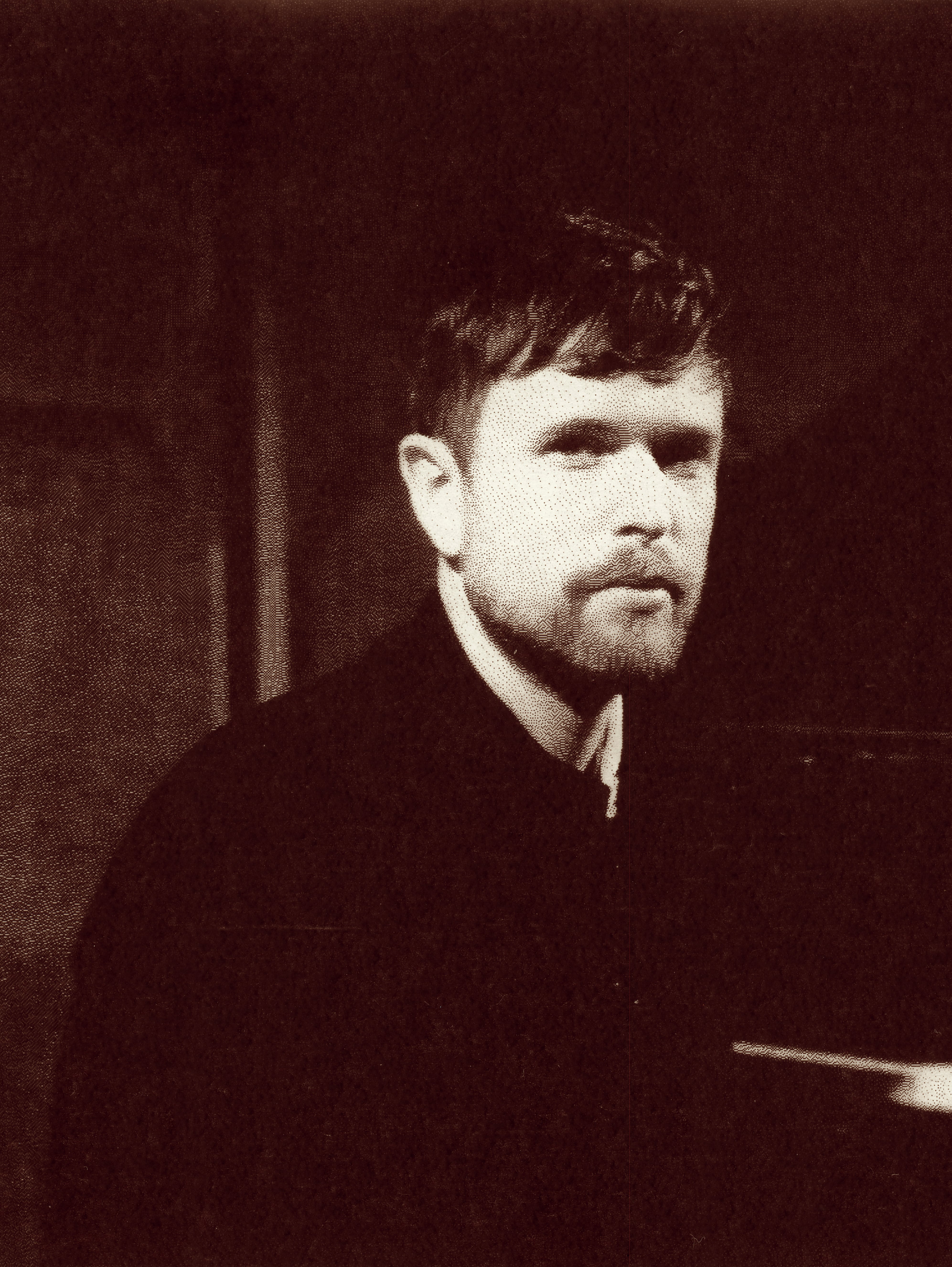
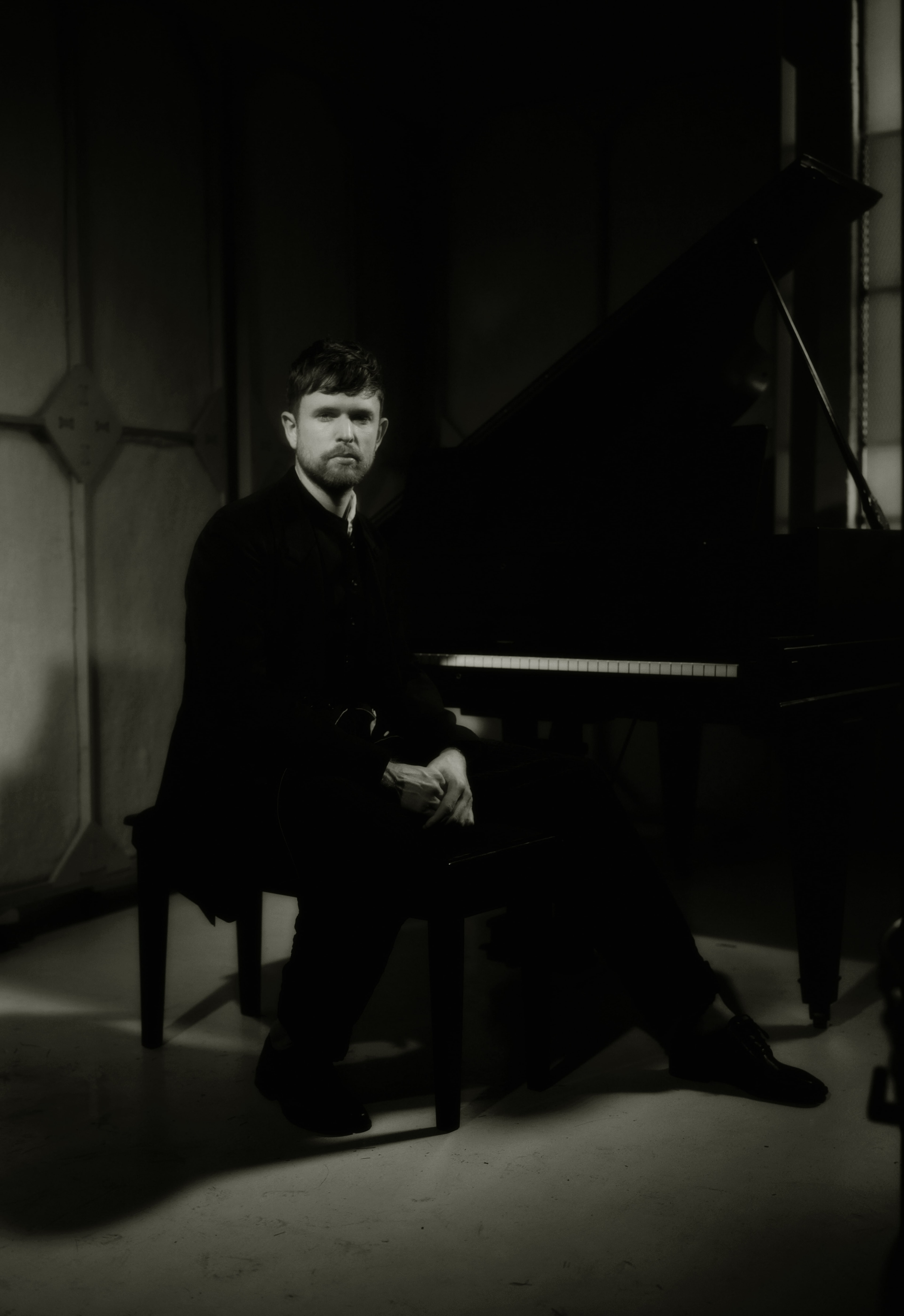
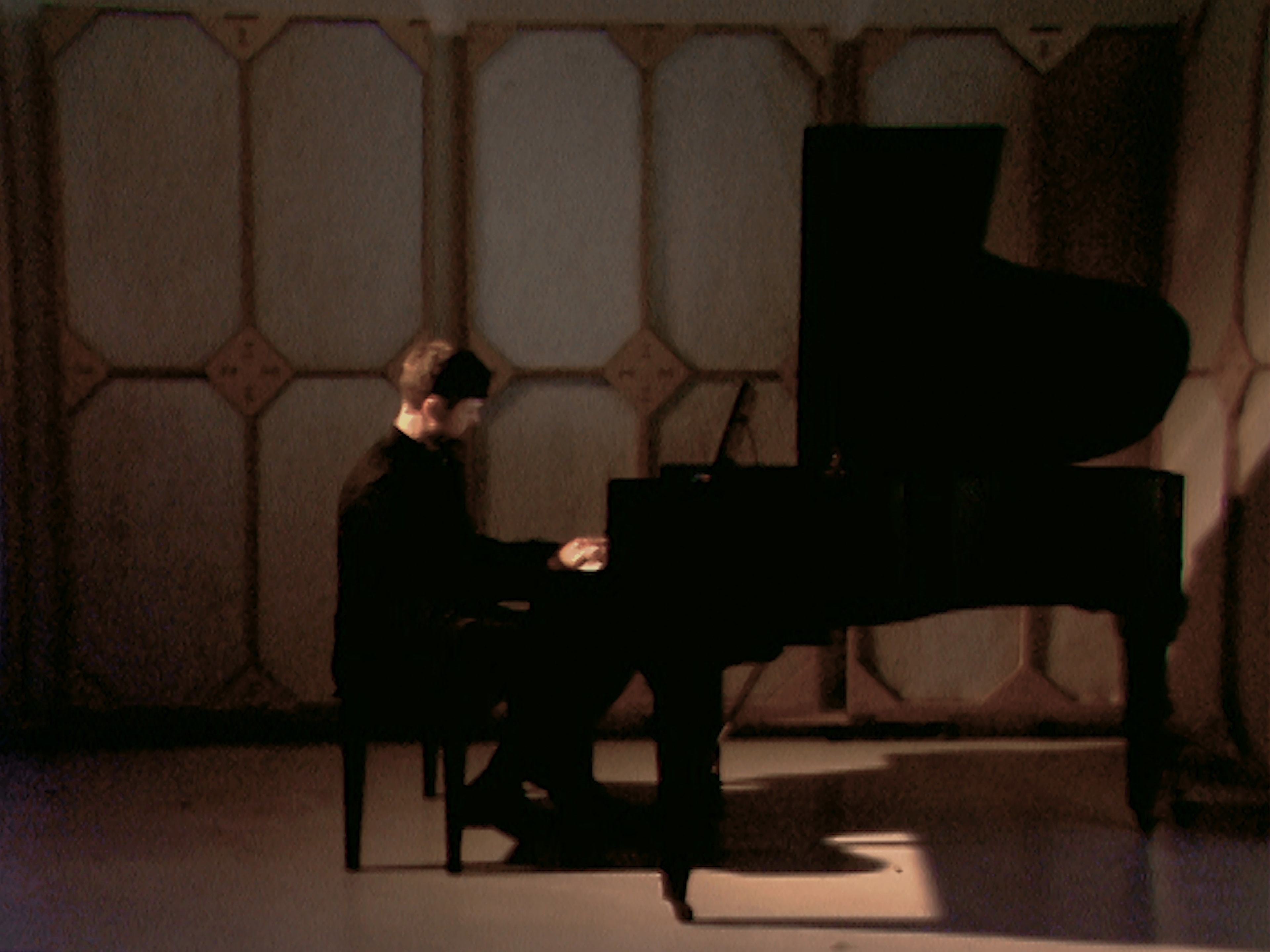
SA: Sometimes it’s the same for children—
JB: It’s like that with music. Bowie describes exactly that. Where you’re not quite touching the bottom of the pool. It’s slightly dangerous and vulnerable but it’s also an exciting feeling. Of someone who might discover something new. You might find this with your work, going from poetry to prose to fiction, but there’s probably some part of you that knows that you are the only person who’s ever written these words in this particular order. And that the trajectory you’re on is unique. There’s a certain main character syndrome that accompanies that but also a unique explorer mentality.
Wait, it’s the same with children?
SA: Yeah, I went with my son to the pool the other day—and this is a nice moment of synchronicity—but, anyway, I was going to say, he was able to touch the bottom of the pool with his tippy toes, which was exciting, but as soon as a wave came it was terrifying. The two mixed, and he didn’t really know how to feel. I had to show him that everything was ok.
JB: That’s interesting. It’s like you can read his emotions before he can. And your perspective can potentially change those reactions.
SA: I guess it’s a question of neural pathways. Like, they haven’t fired in a direction of “scary” as so much as “what’s that?”
JB: That’s so true. There are times when my emotions can be read by people around me before I can see them. Before I can actually identify and process them.
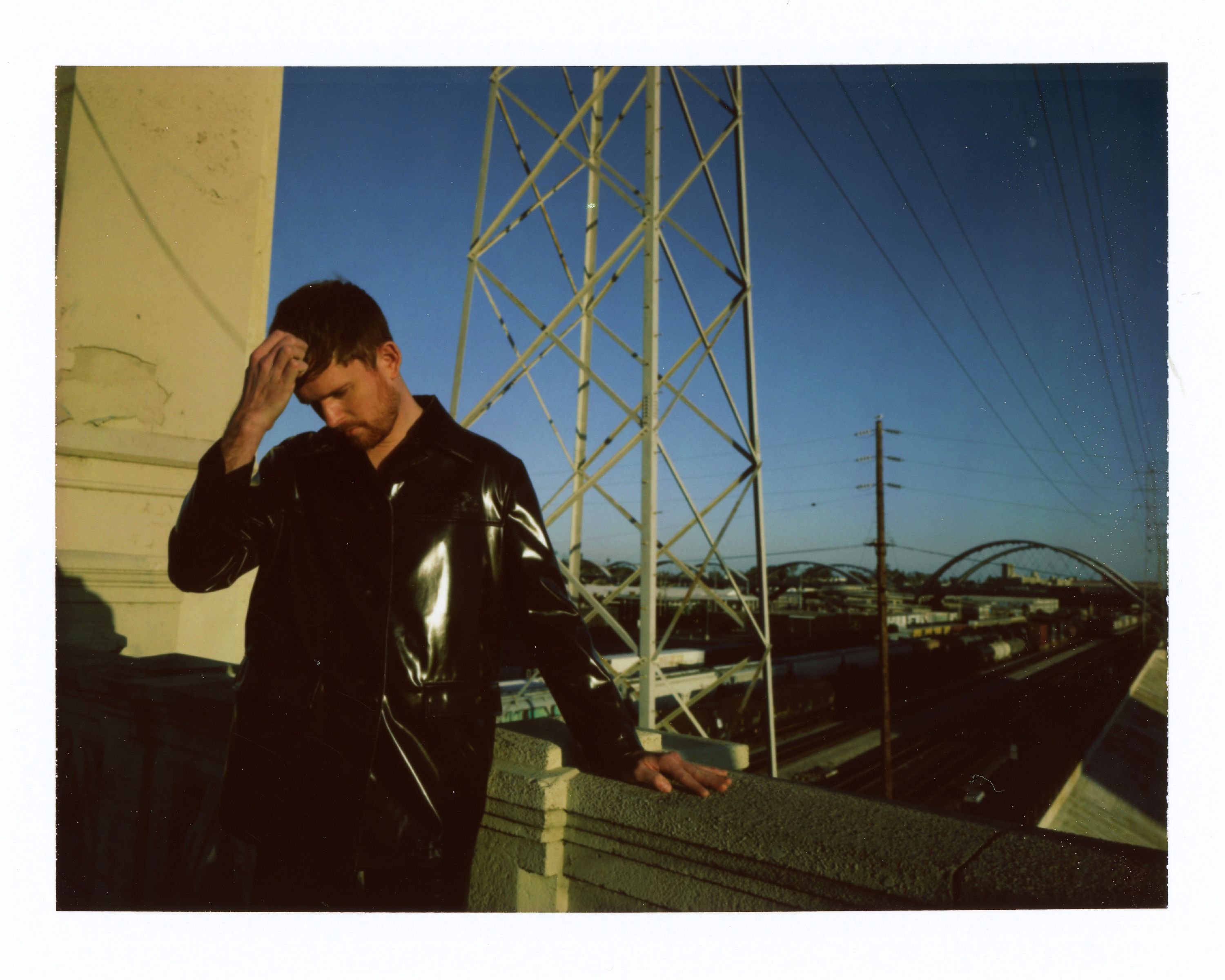
SA: Let’s get back to the record companies always being behind. Now that you’ve had some time to process this album, how would you describe it?
JB: In some ways, it’s the arc of a rave. It’s building up to something euphoric then bringing you back down to a resting state.
SA: Was that intentional or something you discovered through doing?
JB: It was something I discovered through doing. I’m a DJ, obviously, and I’ve been putting on my own parties recently. I think the CMYK series is attached to this album. I’ve been doing CMYK around the world and I played a lot of these tracks over the sound system and saw how people reacted and then went back to the studio to tweak things when I felt like they weren’t getting the reaction I hoped for. Not the more ambient stuff, but rather the club-based tracks.
SA: At some point in another interview, you said you could never do four to the floor tracks because your chords would never work. People change, I guess.
JB: They do. And you know, I’ve said a lot of stupid shit in my life. Words that I later ate. I feel so sure of myself in the moment. What I think I was probably getting at was that four to floor doesn’t create a lot of space for what’s musical. But I guess that depends on how you hear those things. If you hear four to floor as busy, then, as a producer, it will make you feel claustrophobic within it. But if you hear four to the floor as an outstretching landscape that you can write over, then it doesn’t feel like that at all.
Many times in my life or in the writing process, I’ve been held back by my thinking and been put in a box. I’ve put myself in a box, really. But then I ultimately broke out of it.
SA: It’s related to what we were saying earlier of seeking out those moments of being uncomfortable and then finding your way through them.
JB: Yeah, absolutely. There have been loads of challenges to get past, genre changes that happen slowly over time, teething phases of not really knowing what you’re doing, and stumbling, stumbling through mistakes, tracks that you’re later not sure about.

SA: Do you record a lot?
JB: Yeah, I have far more music than I have ever put out. Probably four or five times the amount. Ten times?
SA: What’s the selection process like?
JB: It doesn’t always happen like this, but once I had the name of the album—you know, the name of the album came from an Instagram post of something I uploaded, a piece of modular stuff I had been working on. It was a jam I did about three years ago that I captioned and later truncated into Playing Robots Into Heaven. That’s what it sounded like to me for some reason. From there, I asked myself: what suits that feeling? Beautiful, uplifting, or emotionally resonant but not in a sad, dark way. I didn’t really want those things on the album. It’s a major key, where the chord progression goes upwards. There’s something upward moving about it.
SA: Is that typical? Do you feel like you’re trying to capture a specific mood for each album?
JB: I think so. I think I had a moment of heartbreak six months or a year ago where I realized my favorite music—and I guess this is quite a Los Angeles term—wasn’t applying to the notion of higher vibration. I think it’s real, the way music makes you feel is an undocumented science. I think there are aspects of music that involve the way it was recorded or the mood it was recorded in that have to do with the frequencies you’re focusing on. A lot of 60s music, for example, doesn’t have a lot of bass, which makes a big difference. When I say a lot of bass, I mean there’s not a lot of sub-bass. When sub-bass, which can be described as anything below 70 Hertz, comes in in a track, it’s a major reason for why crowds get excited or become awake. It reminds us of a stampede. There’s some kind of primal physiology that awakens as a result of sub-bass. This is exciting but it includes an element of stress. It excites us in the way that dogs get excited. It’s a stressful harmonic to use. But when you listen to a lot of 60s music, you hear the notes, but you don’t get that feeling. So, you’re literally receiving a higher vibration.
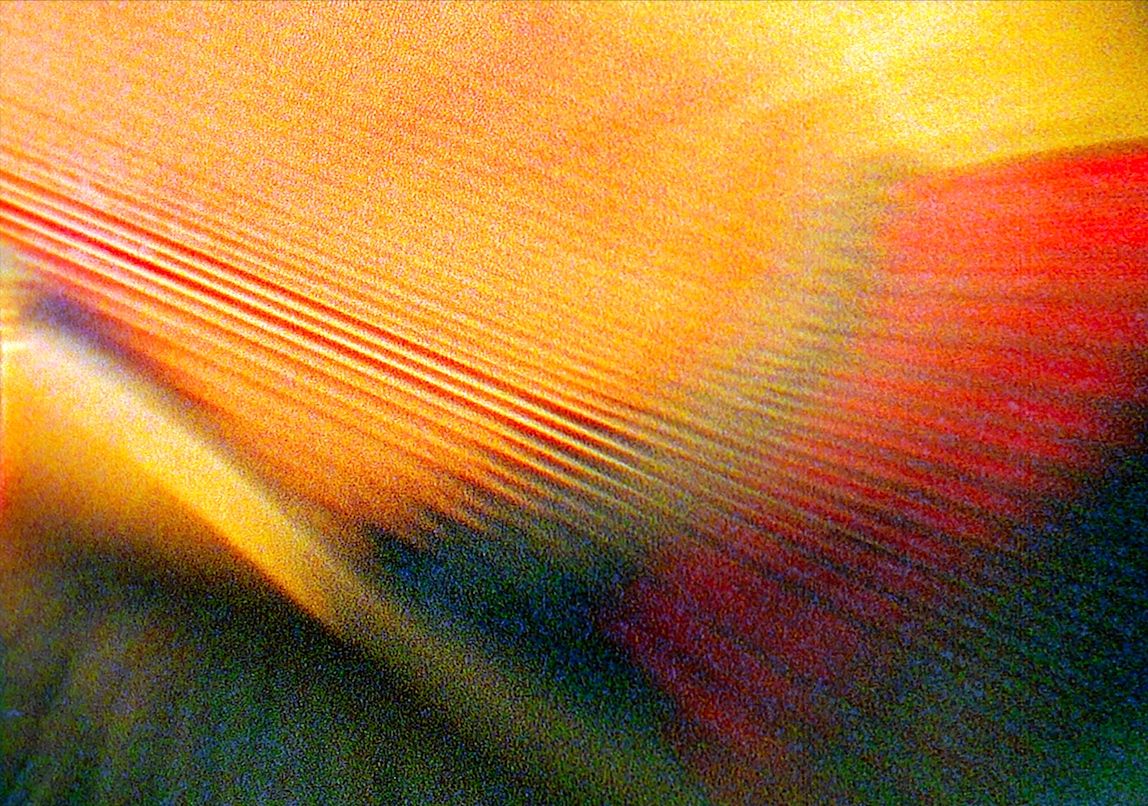
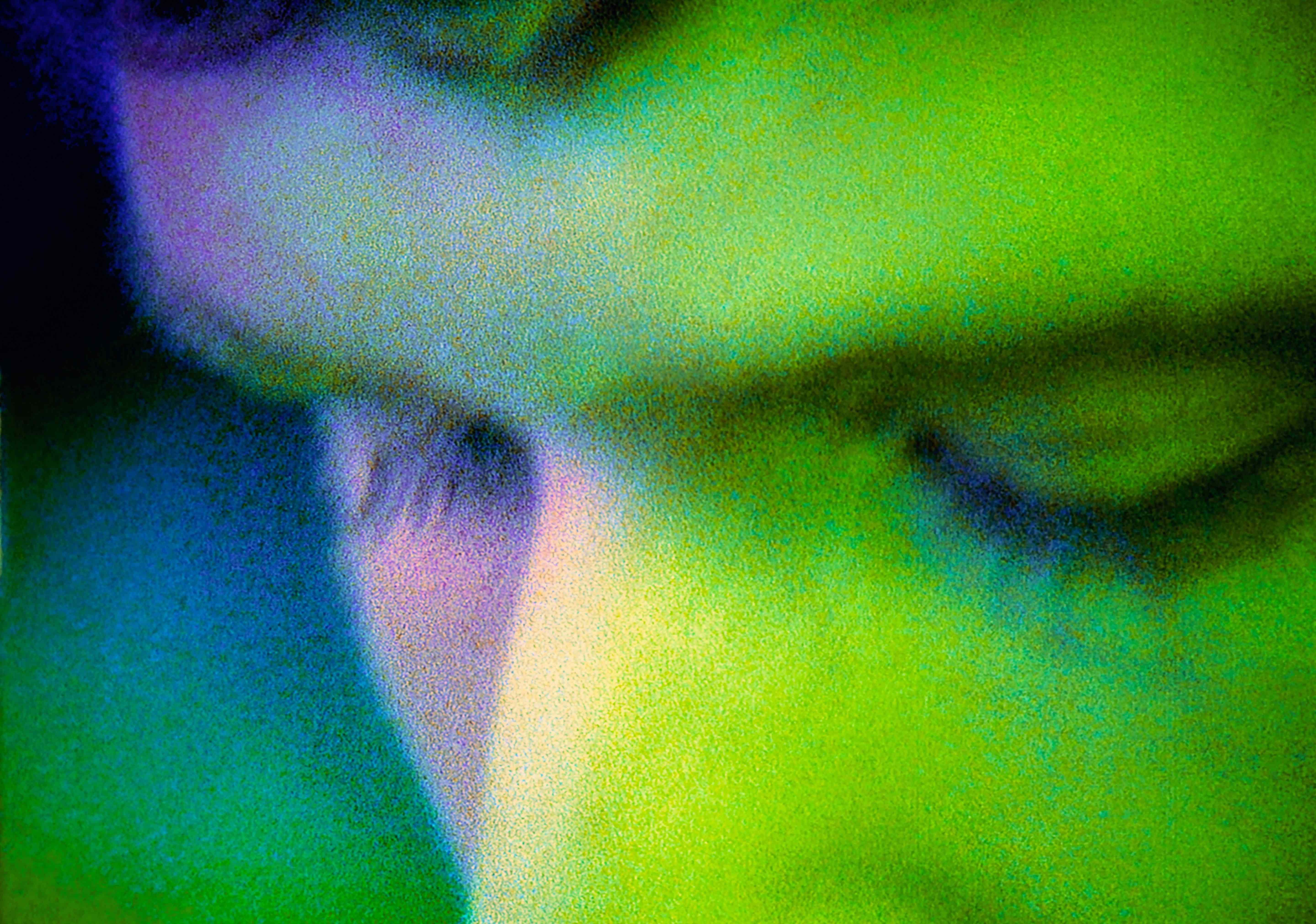
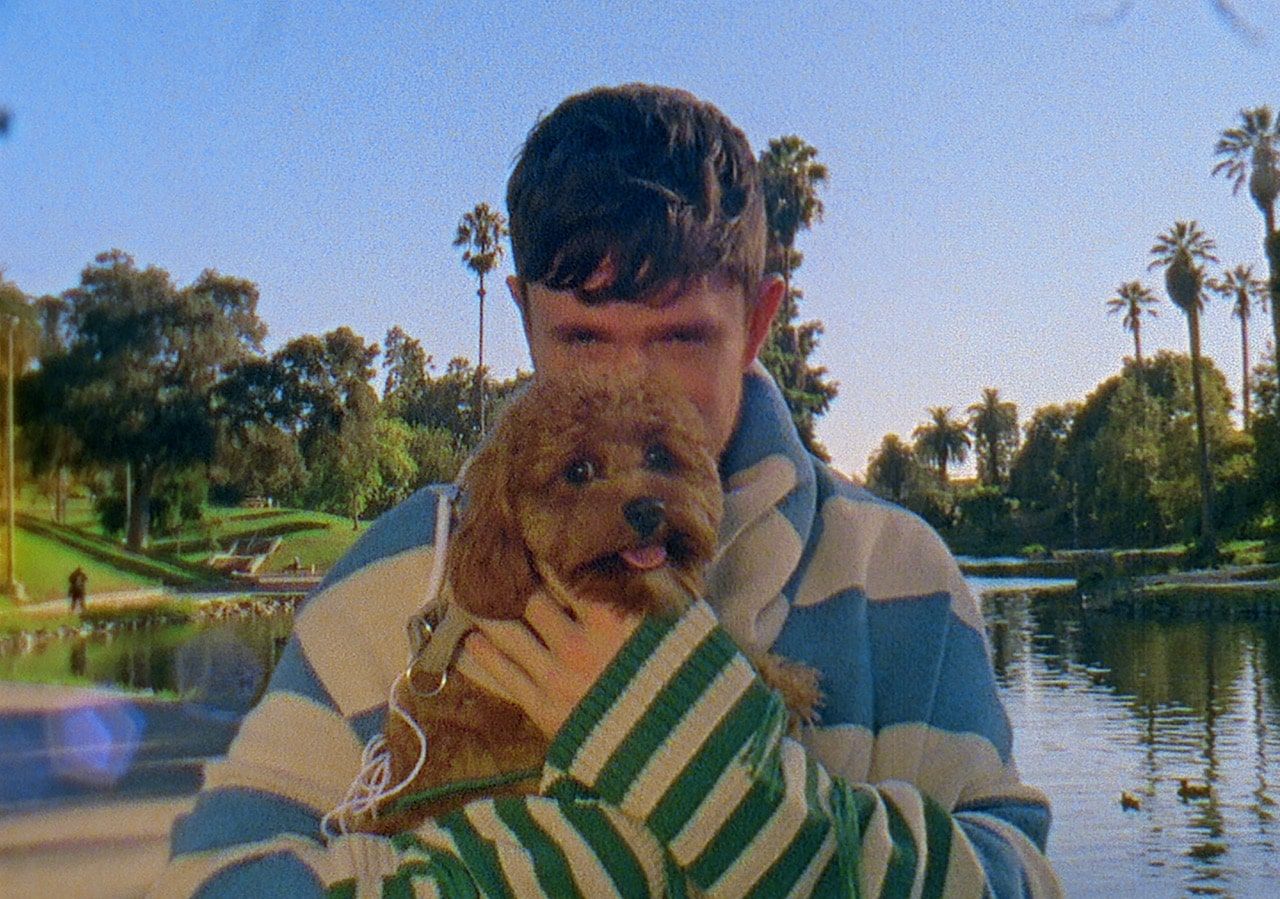
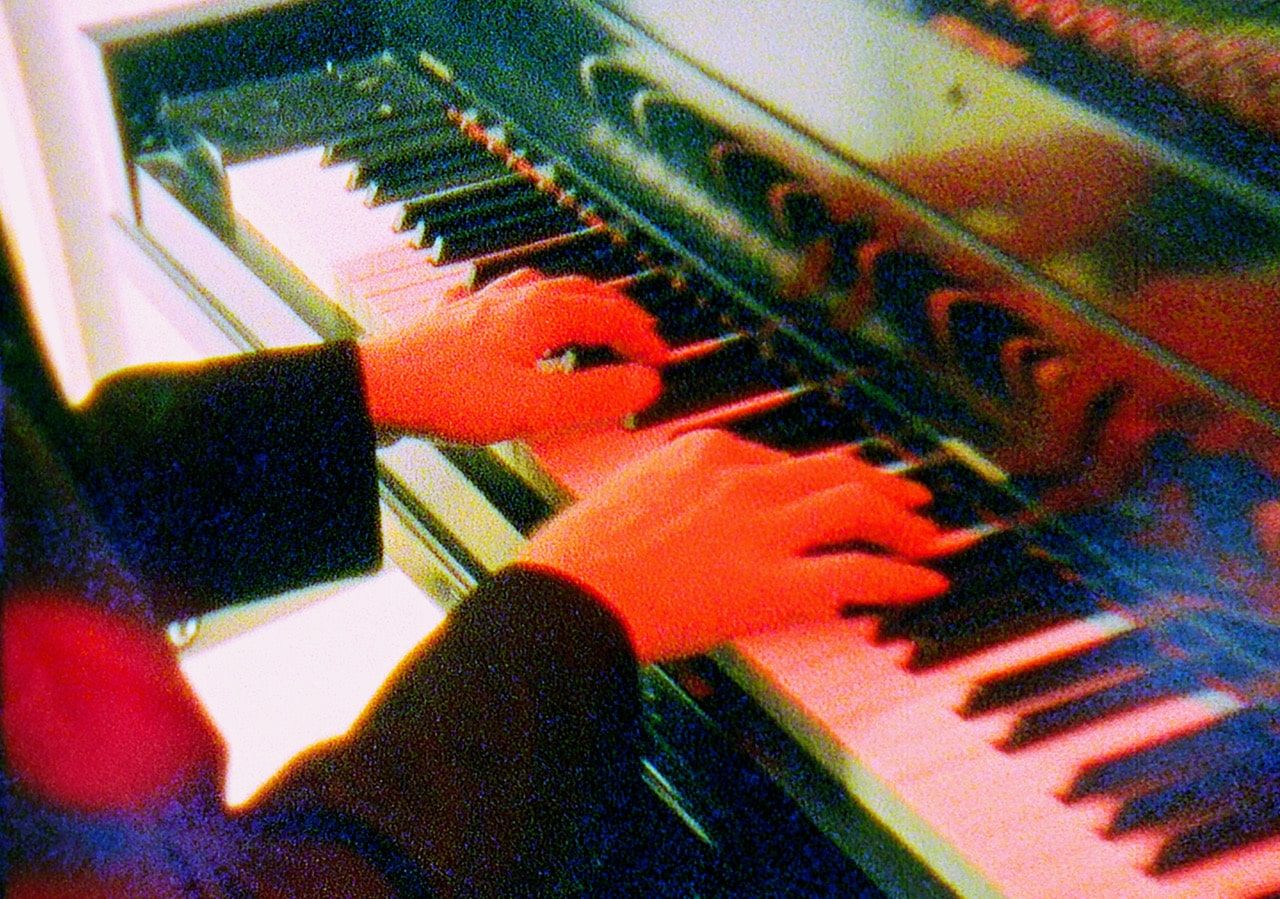
SA: You’re suggesting that music has become more stressful.
JB: It has become more stressful. Dance music relies on that feeling. But I think that those frequencies externalize our stress. That’s not necessarily bad, in fact, it’s important because we’re fundamentally stressed. So, we need to externalize that somehow. There’s a release in doing that. But it doesn’t mean the feeling is always good.
What I’m saying is that all music is valid, all forms of music are important, but you can tailor how your music sounds to how you want people to feel. When someone describes something as relaxing or meditative, it probably doesn’t involve shitloads of sub-bass.
SA: There’s that artist Steve Halpern, who produces meditation music at very specific Hertz levels.
JB: Exactly. And when they bring in really slow but rumbling sub-bass in a movie, it’s to denote something scary or something impending, right? But the way you use higher harmonics is different. And so, my understanding of music has been changing and developing. I’ve been thinking about how I want to make people feel and not “how do I want to impress upon the music how I feel right now?” The question is: how would I like to feel after I hear this music? And so, I guess a lot of my mental development is about wanting to feel better. That’s been the fundamental mission in my own life for a while now, and so I asked myself about how to make other people feel better, too. I want to make people feel euphoric and connected.
SA: I can attest that this album had a higher vibration than the others during my listening experience.
JB: But think about the tracks you skipped, such as “I Hope My Life” [from The Colour In Anything, 2016]. It’s an extremely anxious sounding piece of music in terms of chords and harmony, but then there’s a moment when the sun pokes out behind the clouds. Nevertheless, I think we’re basically agreeing. Music has the capacity to uplift and make you feel good. But to be honest, I’ve not always been conscious of whether it was doing that or not. And along the way, I’ve included a lot of music that didn’t do that. On this album, I’ve consciously gone out of my way to make sure every song has an uplifting feeling because I was paying attention to it. That doesn’t mean it’s better or worse. Only that it’s what I’ve been thinking about.
SA: This was something I thought about a lot when I wrote my last book, called After the Oracle, where I thought about how the core values of the Golden State Warriors could help me but also other people. I tried to write it in a way that would be encouraging and uplifting and not just detailing my dark past.
JB: Without the context of your life and turning it into something that could help others, intellectualizing the values and extrapolating your own ideas could have ended up just being a pointless exercise. But you turn it into something really meaningful.
SA: There’s this James Baldwin quote where he says: “You think your pain and your heartbreak are unprecedented in the history of the world, but then you read. It was Dostoevsky and Dickens who taught me that the things that tormented me most were the very things that connected me with all the people who were alive, who had ever been alive. Only if we face these open wounds in ourselves can we understand them in other people.”
JB: I agree with that within my own work. The records are always drawing on my own experiences but sometimes I get sick of myself, and I ask myself if this is what people really want to hear. But ultimately, these thoughts give me a theme so that people can also feel it and apply it to their own lives. Another aspect of this album has a spiritual meaning or purpose. That’s why Playing Robots Into Heaven felt like a good title. Initially, I was like, is that the right word, robots? Especially with what is happening now with AI. The idea of providing these machines that are not human and not able to do anything on their own—and that are not even particularly inspiring to look at—was a window for me into something spiritual.
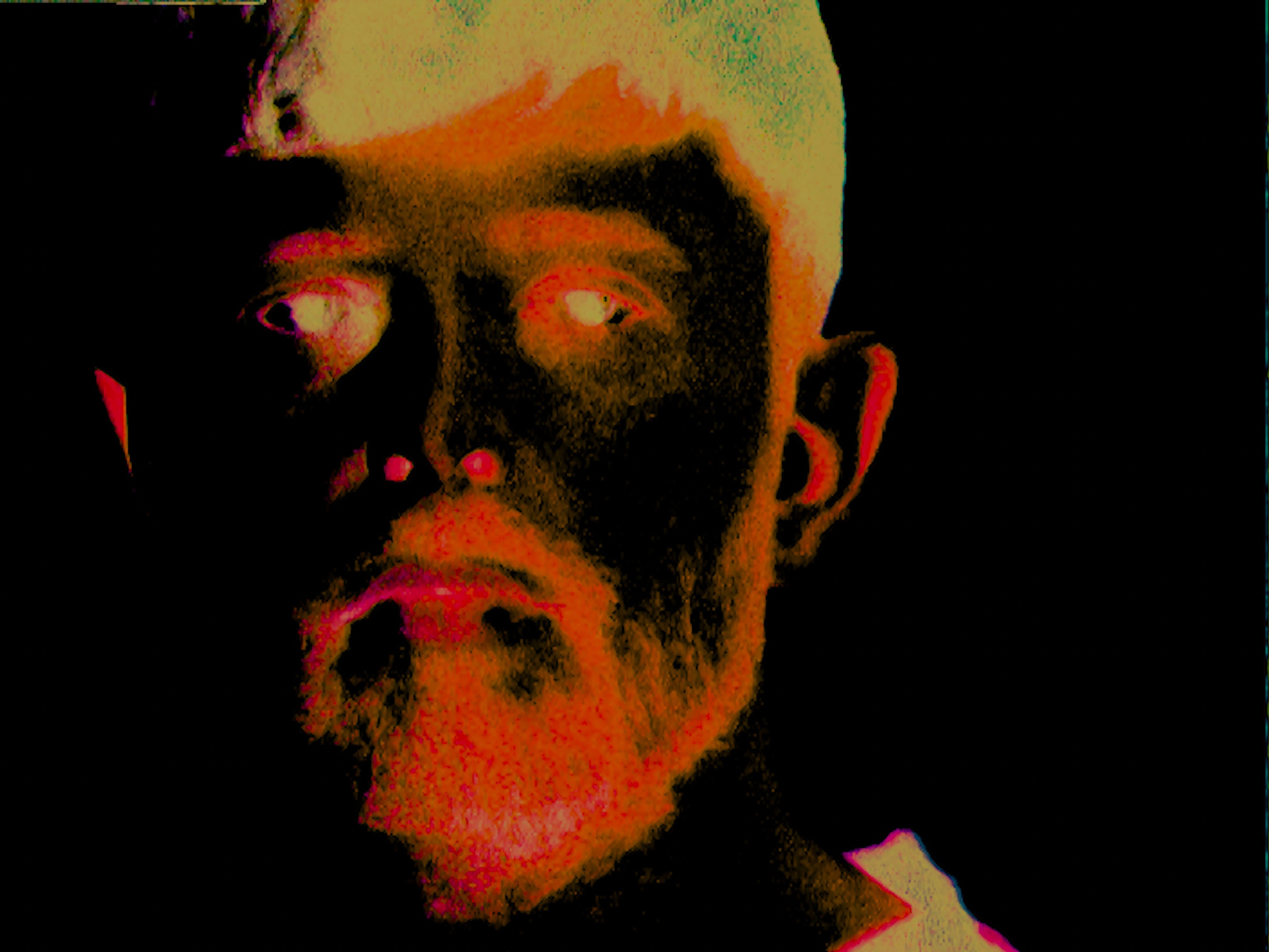
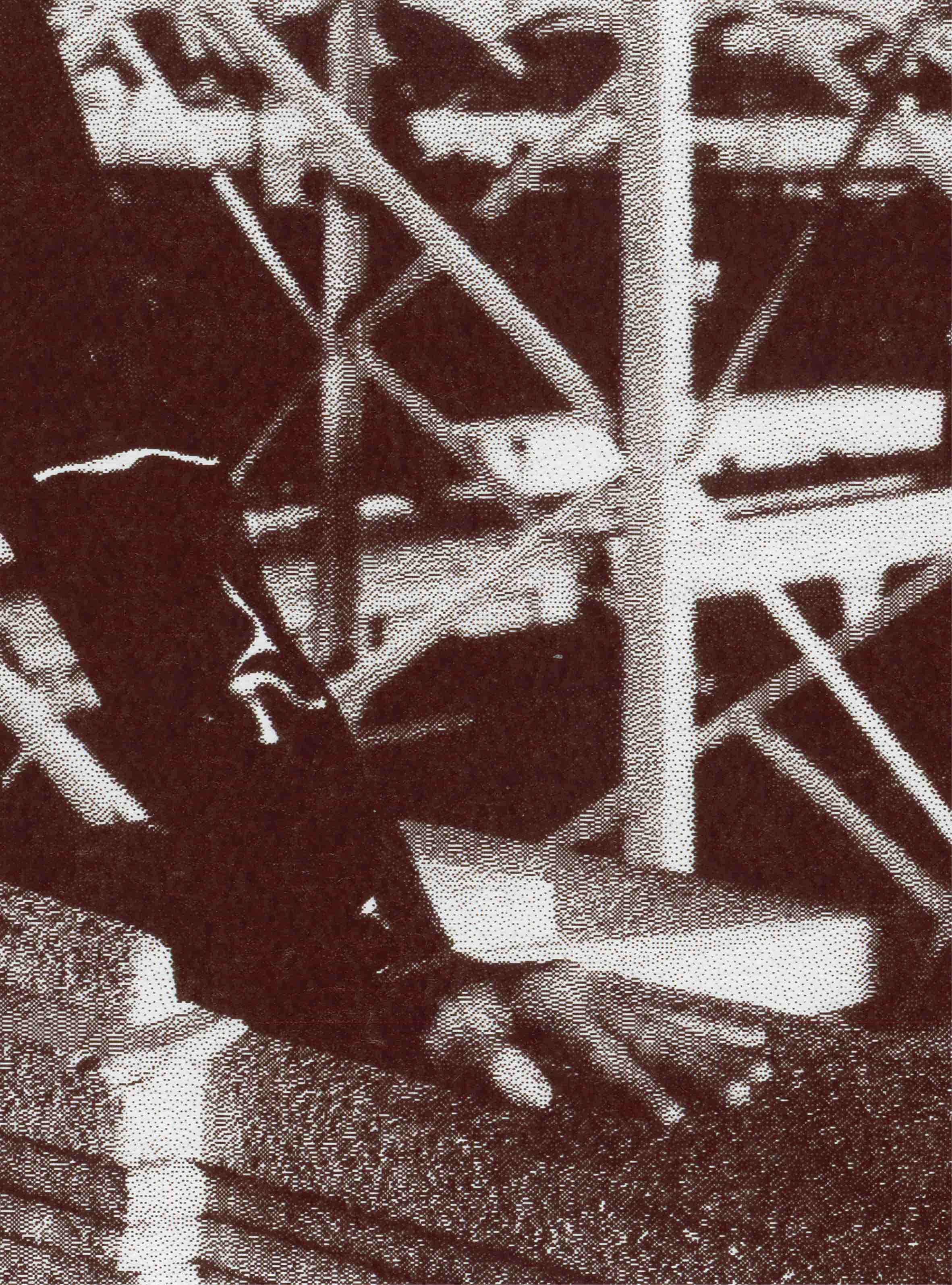
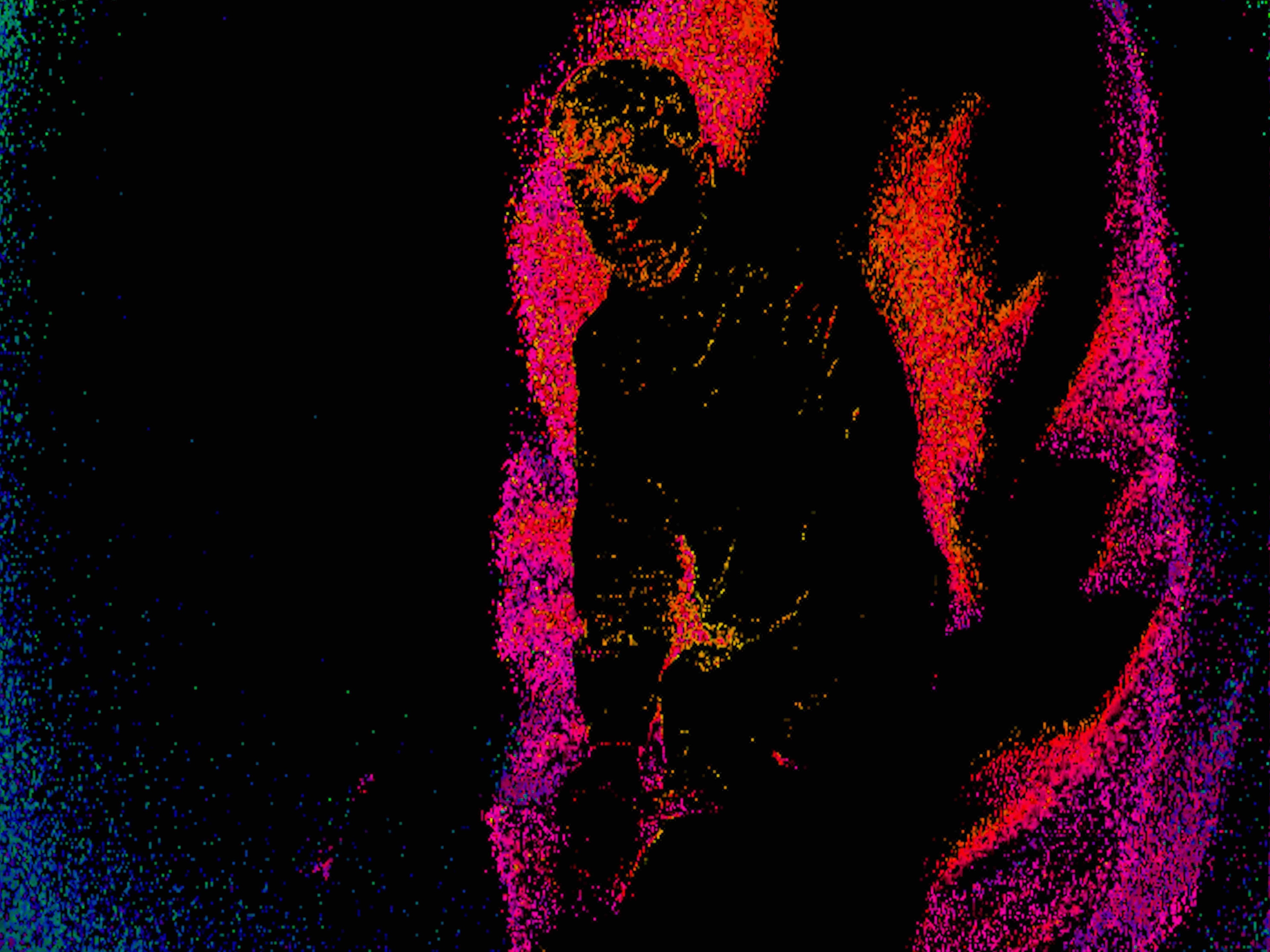
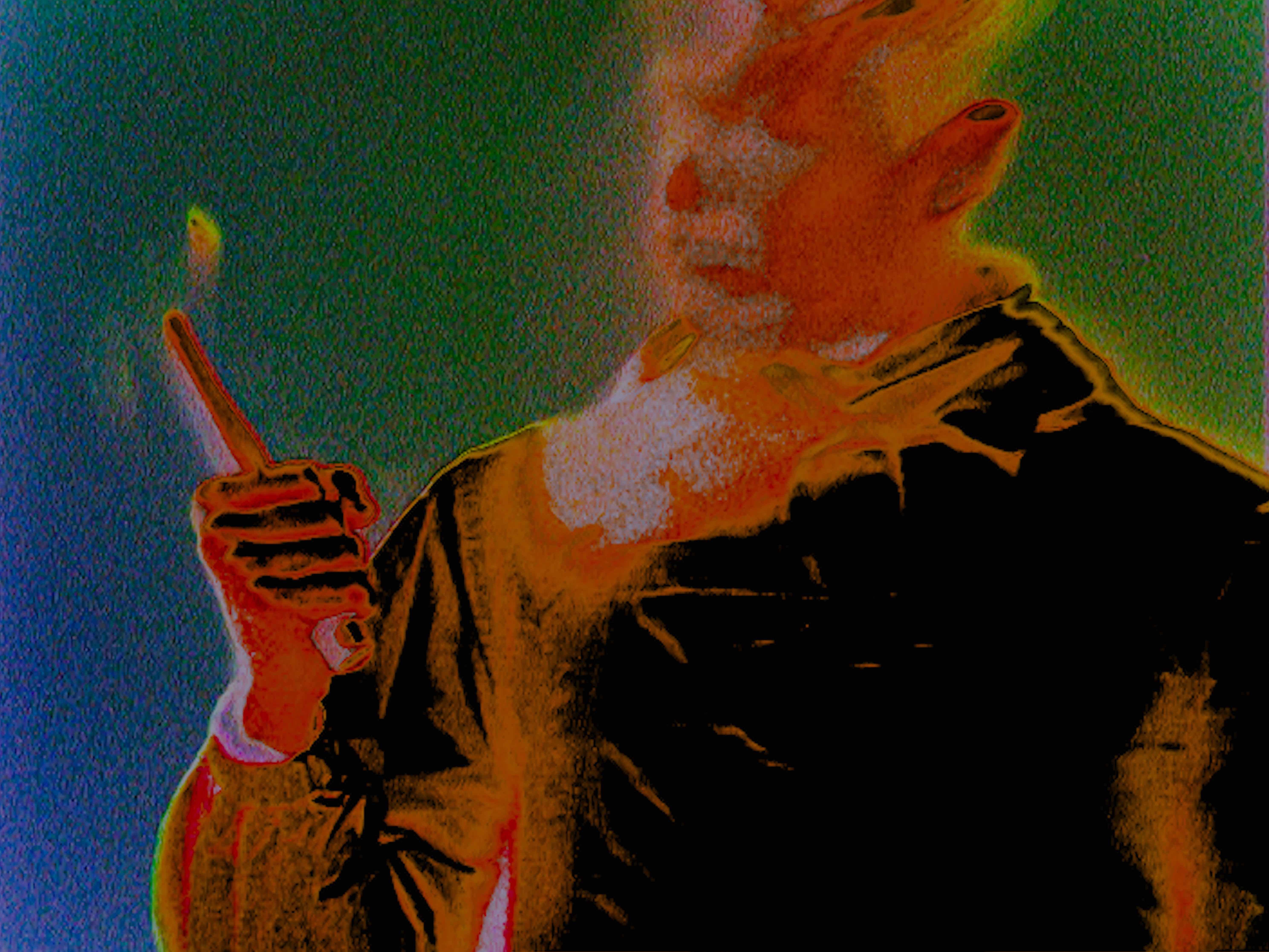
SA: How important is the notion of an audience or a listener in your composition process?
JB: More and more now. I was thinking about it much more for this album than Friends That Break Your Heart. For example, the drop of “Tell Me” is less selfish than music I’ve made in the past. It’s more like: what’s the thing that most people are going to want to happen here? I would want it to drop and be really fun and exciting. And this is how I ended up saying, “OK, let’s do it. That’s me.” While also thinking about people on the dance floor and the crowd at CMYK.
SA: Are you still doing club nights?
JB: Yeah. And it’s nice because it’s a less insular way of making an album in your studio for a long time and then coming out and being like, “Well, I hope this works.” You know it works. I know it works. Because I’ve already road tested it.
SA: Is that your new model? Will you be doing that with further music?
JB: I think so. I’ve also been testing other songs that are not on this album that I’ll probably put out later. It’s not dance music, but you can still feel if it hits or doesn’t, you know?
SA: It’s interesting because it also creates a sense of intimacy for those who get to hear it first.
JB: It does. It’s about bringing the aspects of community back into music that have been lost. We’re not making music in the same scenarios as we did in the 60s and 70s. We’re not making it together a lot of the time. Even in the most collaborative situations, we’re not all looking at each other and reacting to each other in the moment. Now, we’re all looking at a screen in the same direction and just making input into this thing, editing it, and making something right. We’re just nodding in agreement and going “yeah, that’s nice.” It’s extremely disconnected compared to back in the day. There have been a lot of fun things that have been discovered, but in a way they had it right back then. I think we’re really struggling to make music feel meaningful and connected. The majority of what you hear when you stream music is now being made by a lack of community. Unfortunately for music, there’s an increased level of competition to be heard, which creates a situation where it’s actually very hard to be pure and still make a living.
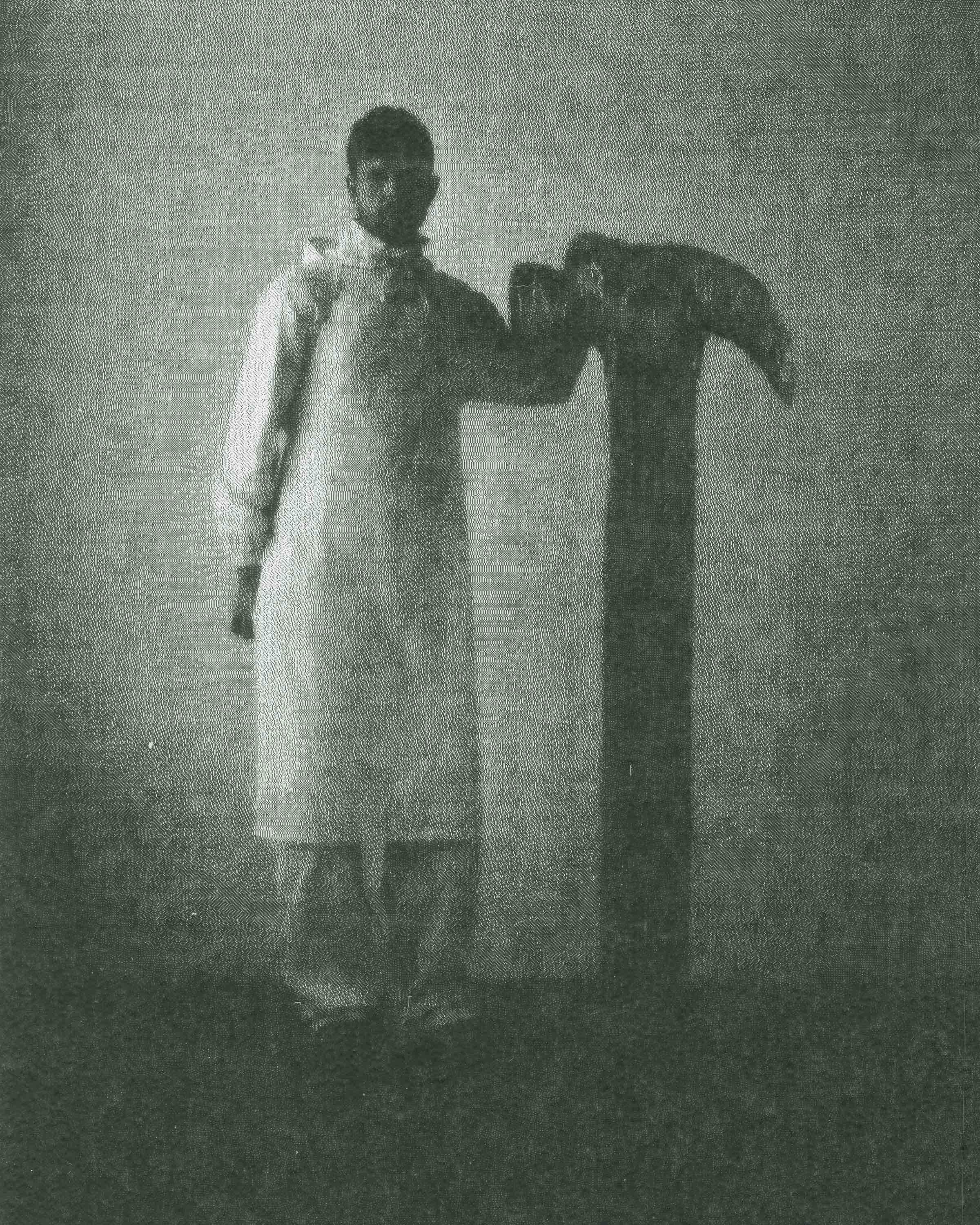
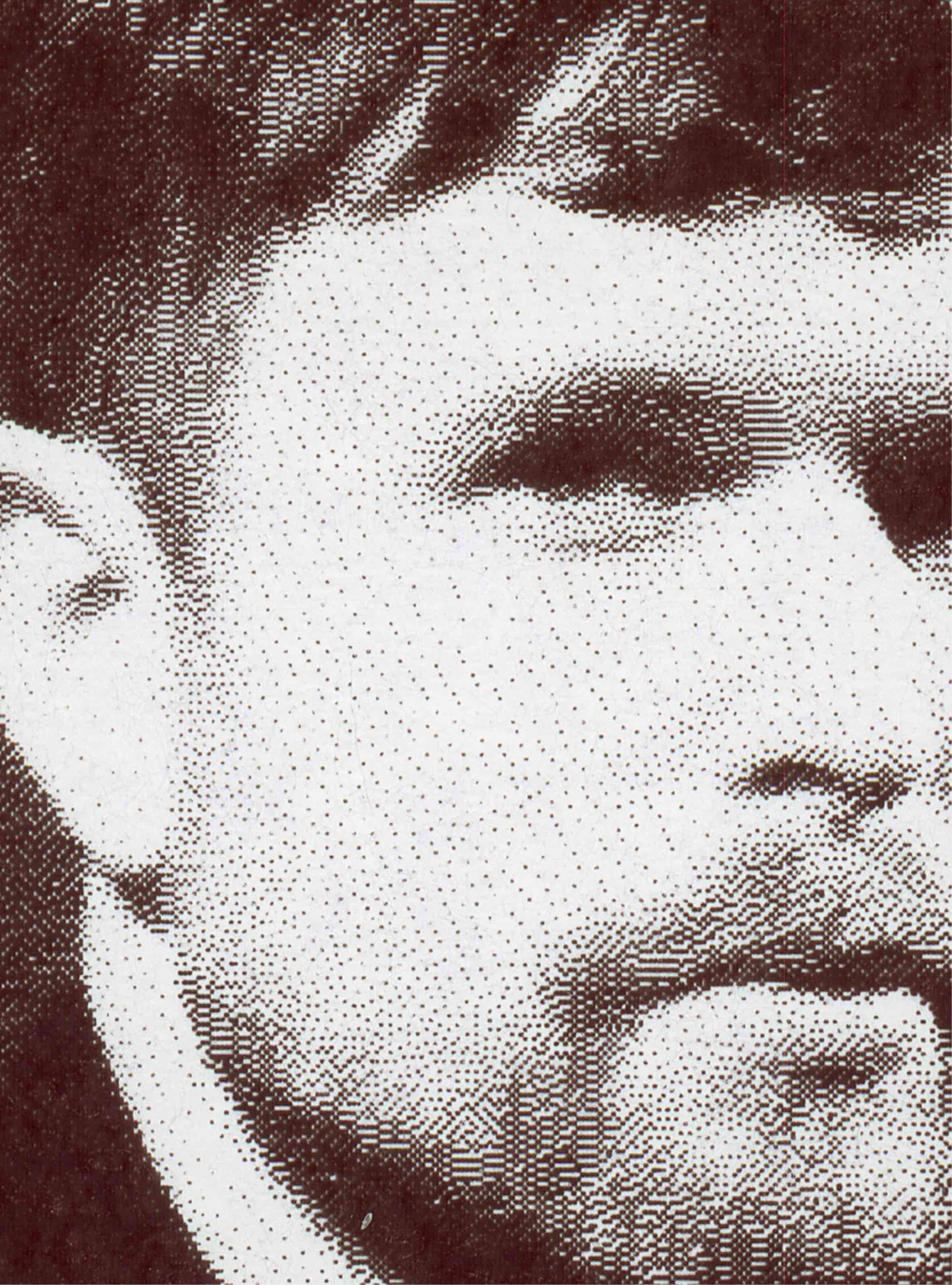
Credits
- Text: Shane Anderson
- Photography: Julian Klincewicz
- Styling: Stuart Williamson
- Photography Assistant: Mikey Santillan
- Styling Assistant: Allison Calhoun
- Groomer: Ericka Verrett
- Set Design: Graham Law
- Producer: Hannah Westbrook with Connect the Dots Inc.
Related Content
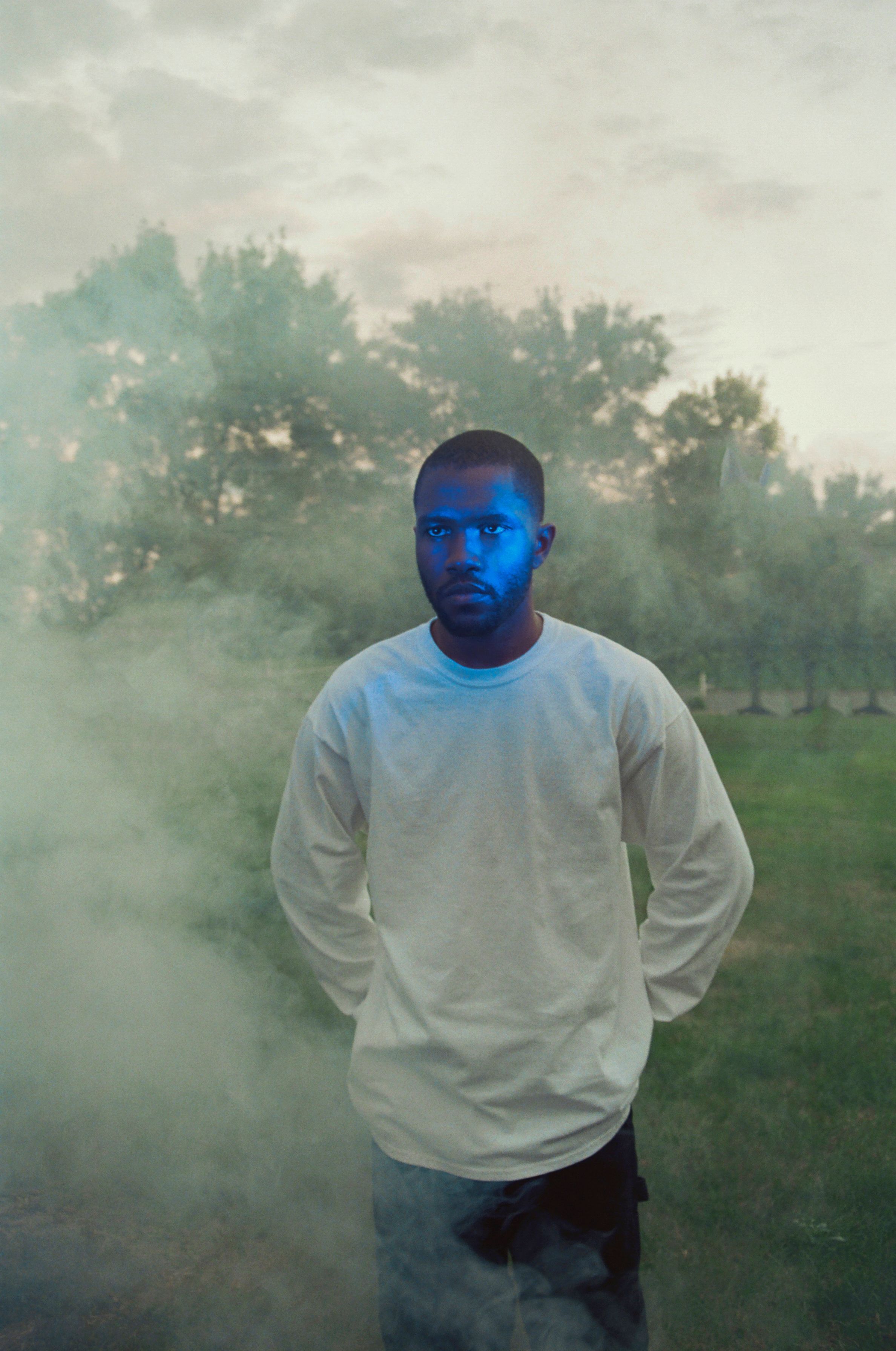
FRANK OCEAN: The Artist is Absent
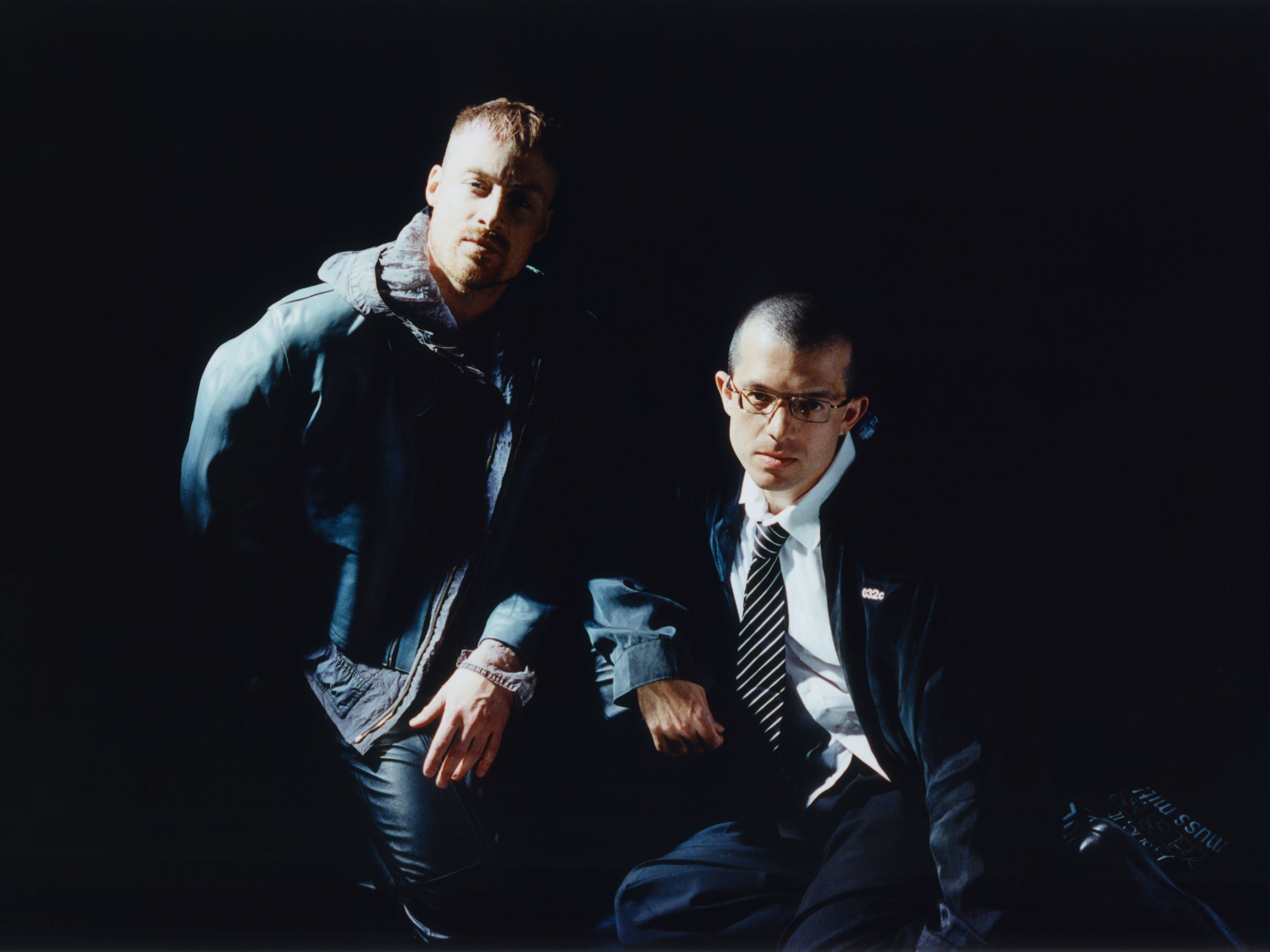
BILLY BULTHEEL and ALEXANDER IEZZI: Sculpting Music in Churches
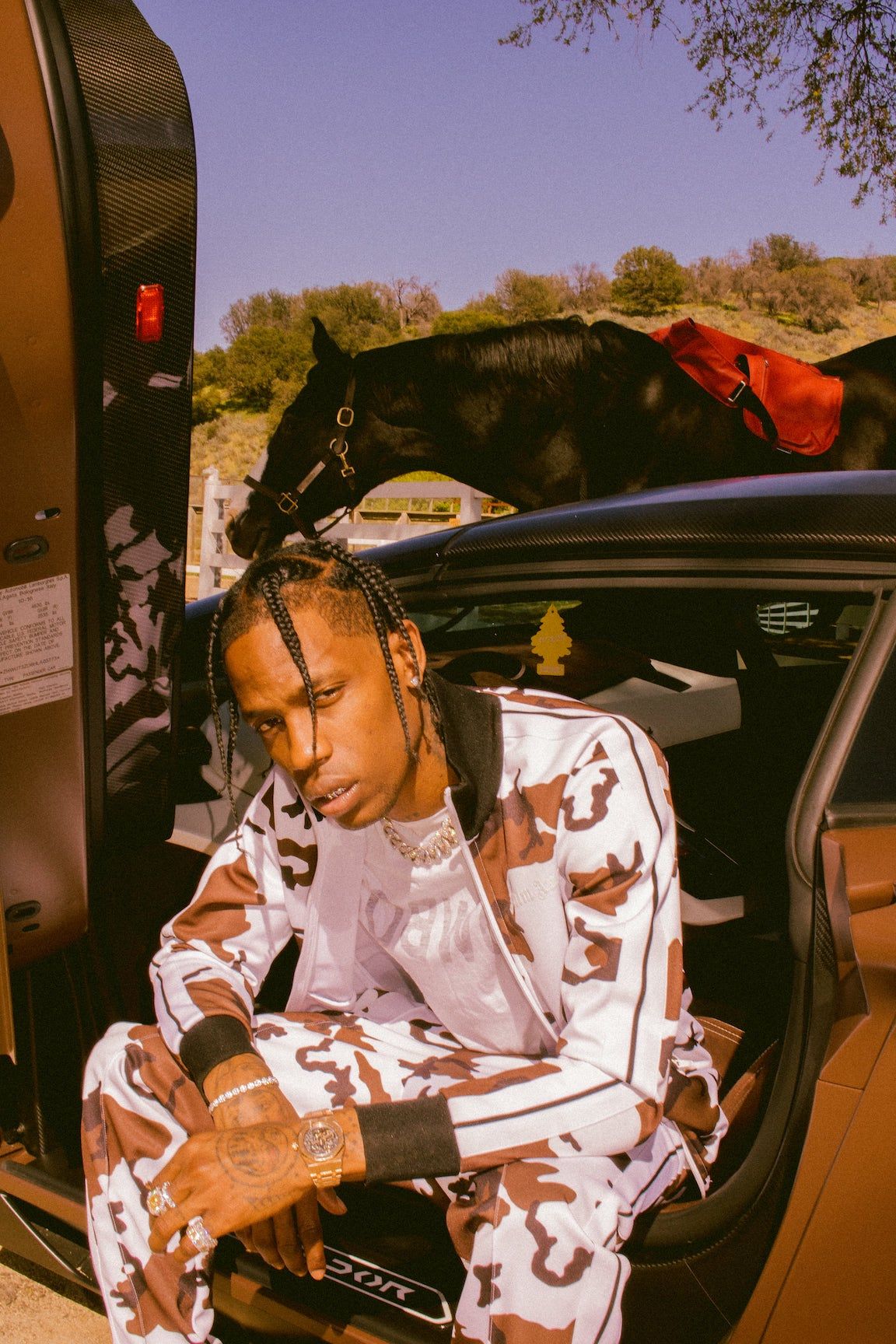
Radicalizing the Youth of America with TRAVIS SCOTT
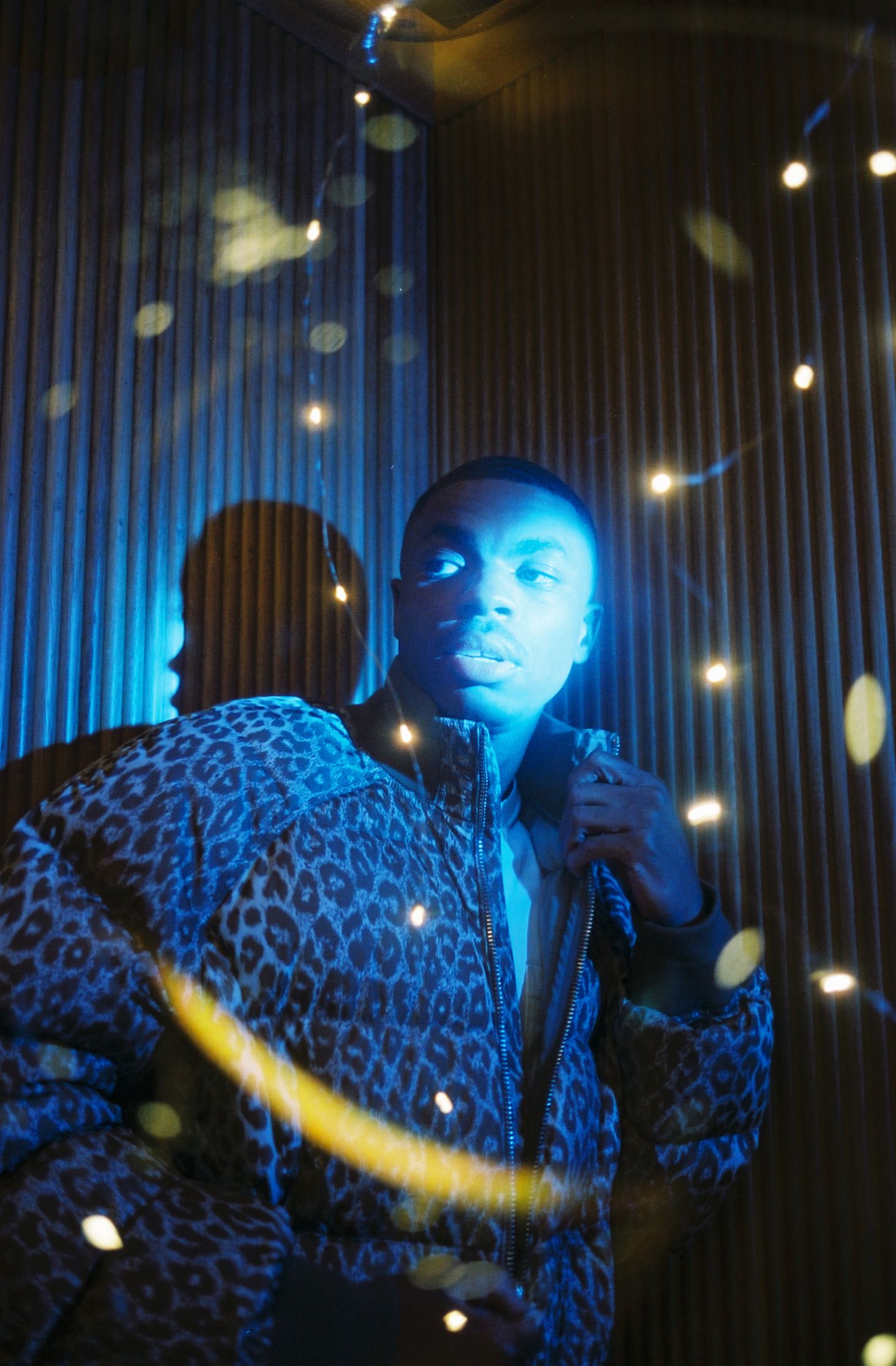
VINCE STAPLES Makes Magic
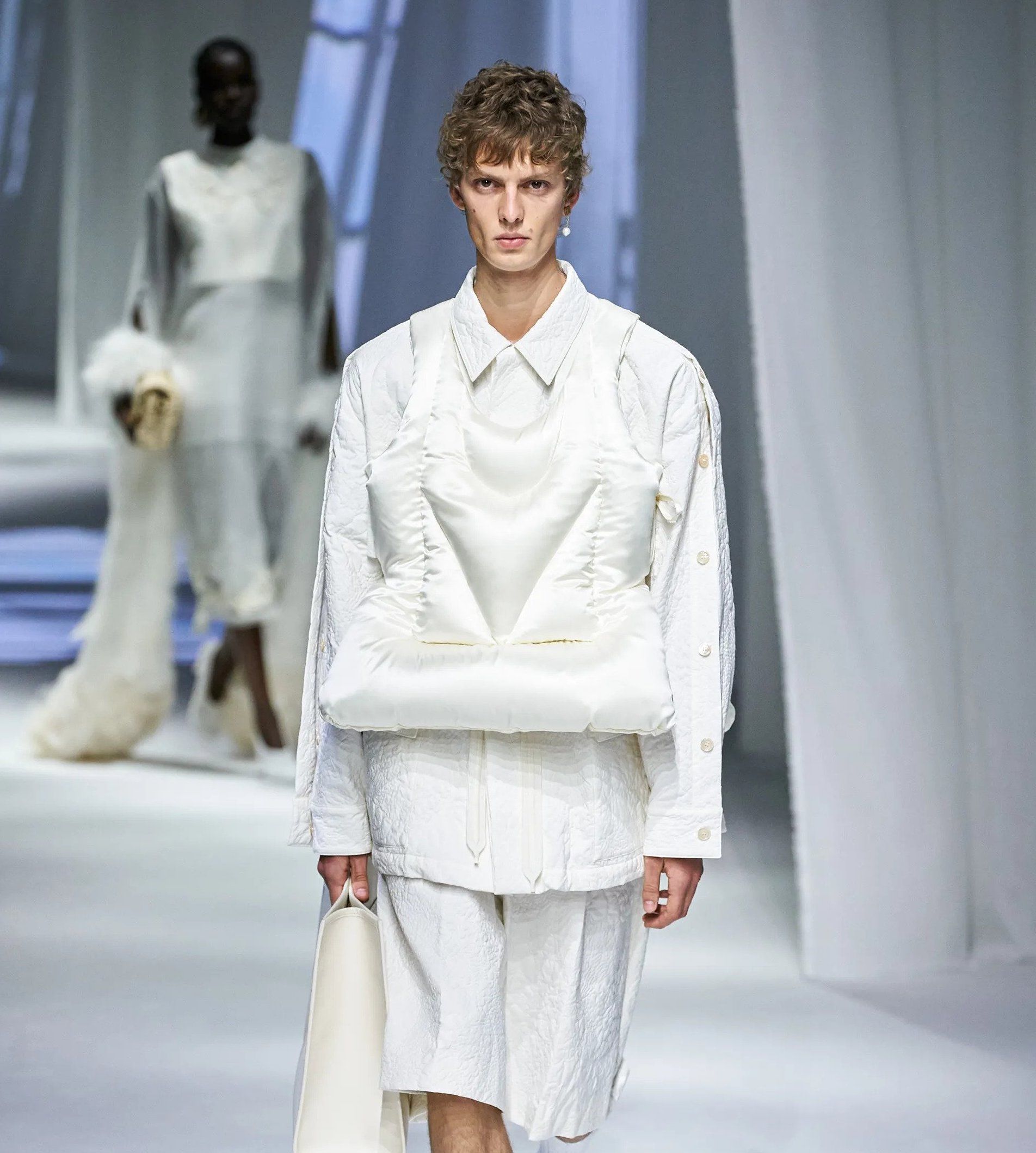
Runway Music with LORENZO SENNI
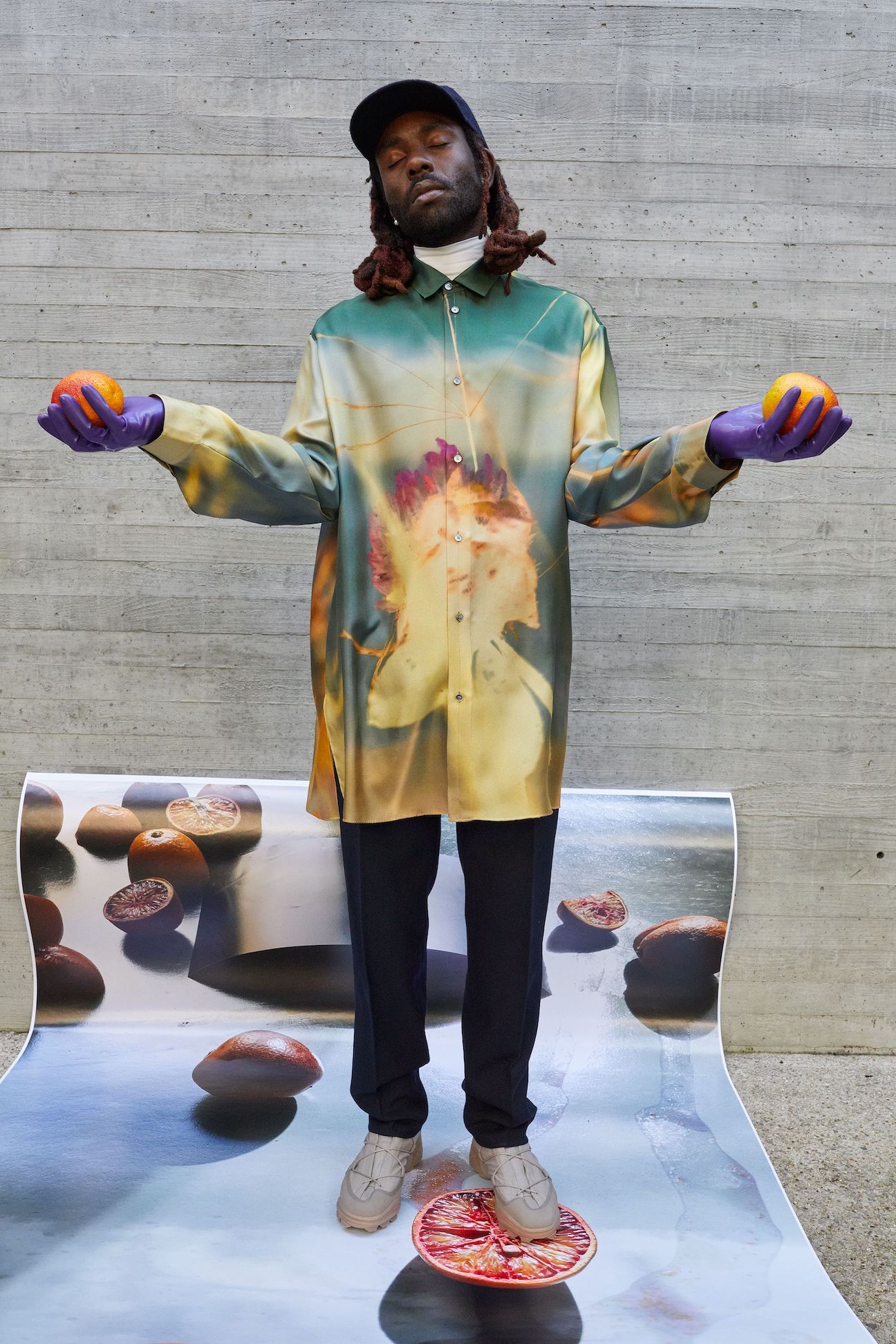
DEV HYNES Collaborates with OAMC and ADIDAS on a Capsule Collection
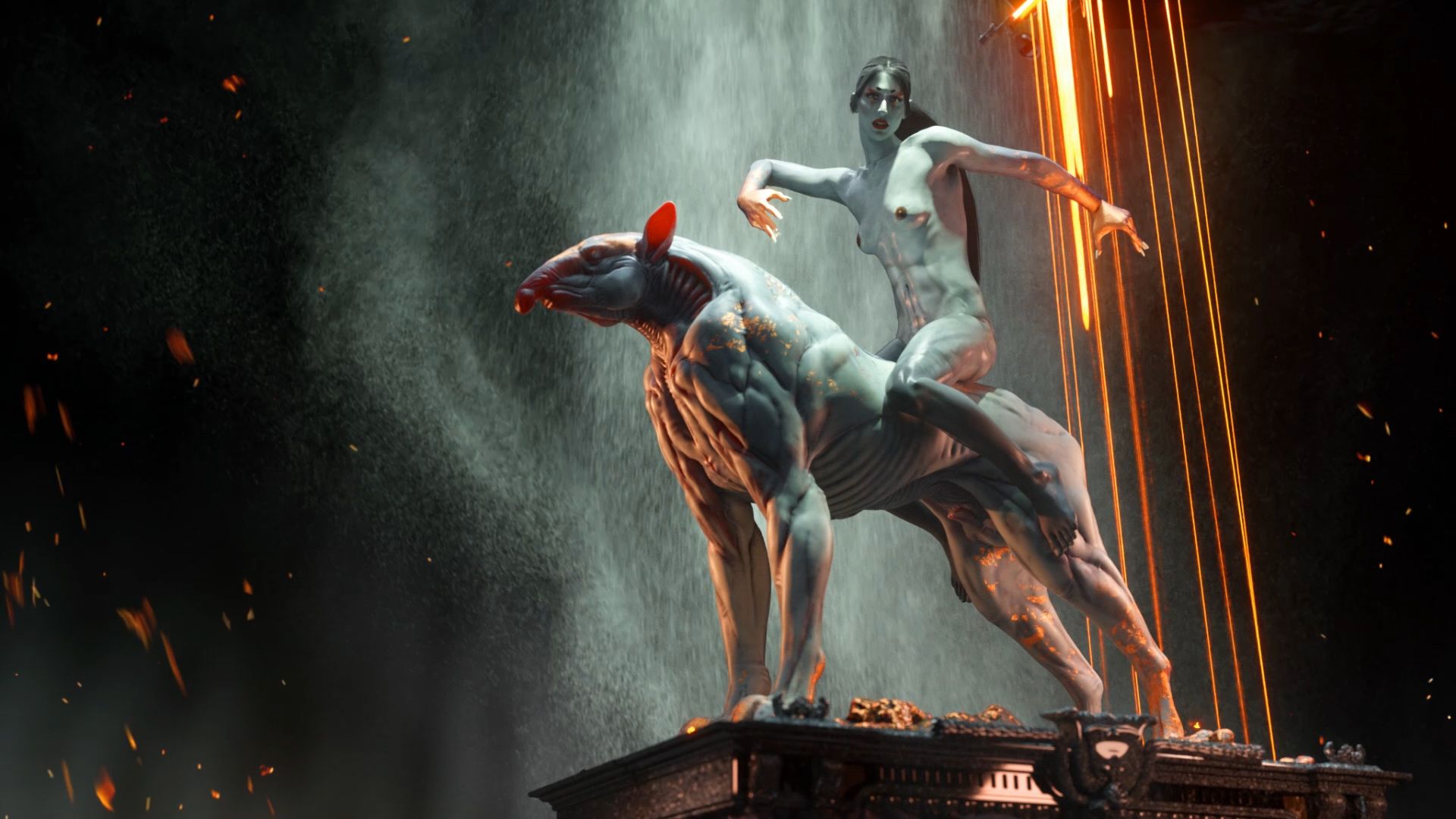
Digital Alchemies Resurrect the Dead
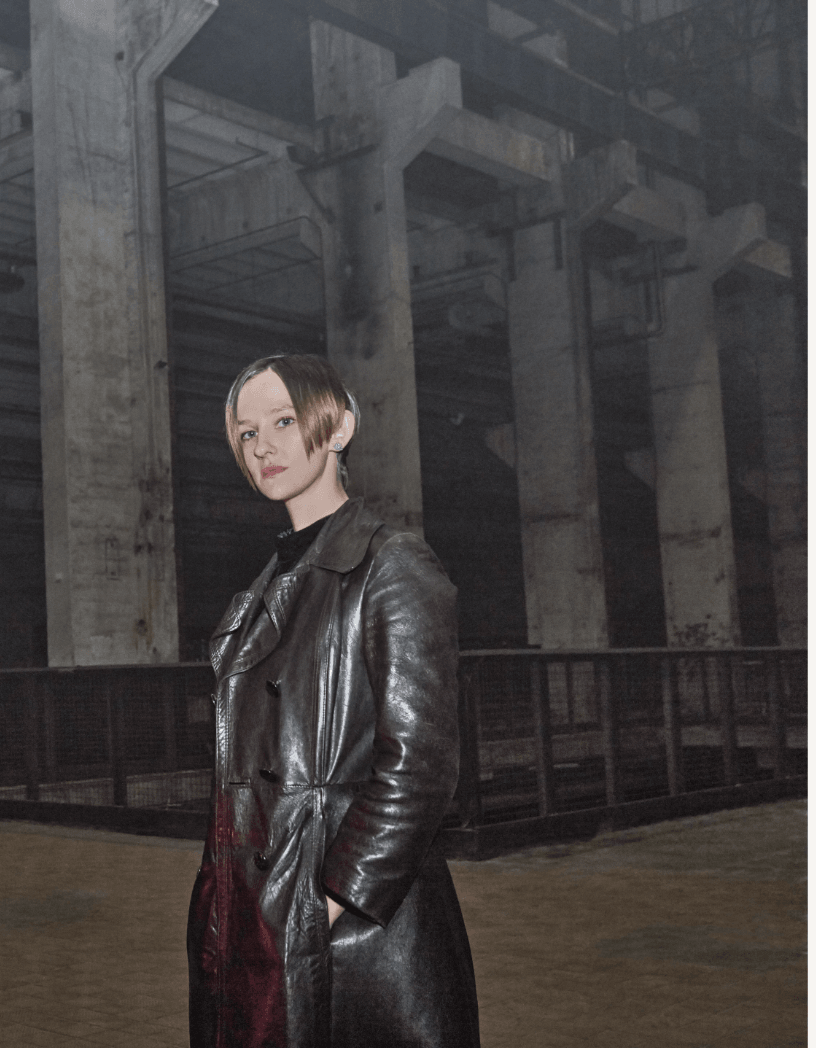
CATERINA BARBIERI’s Landscape Listens